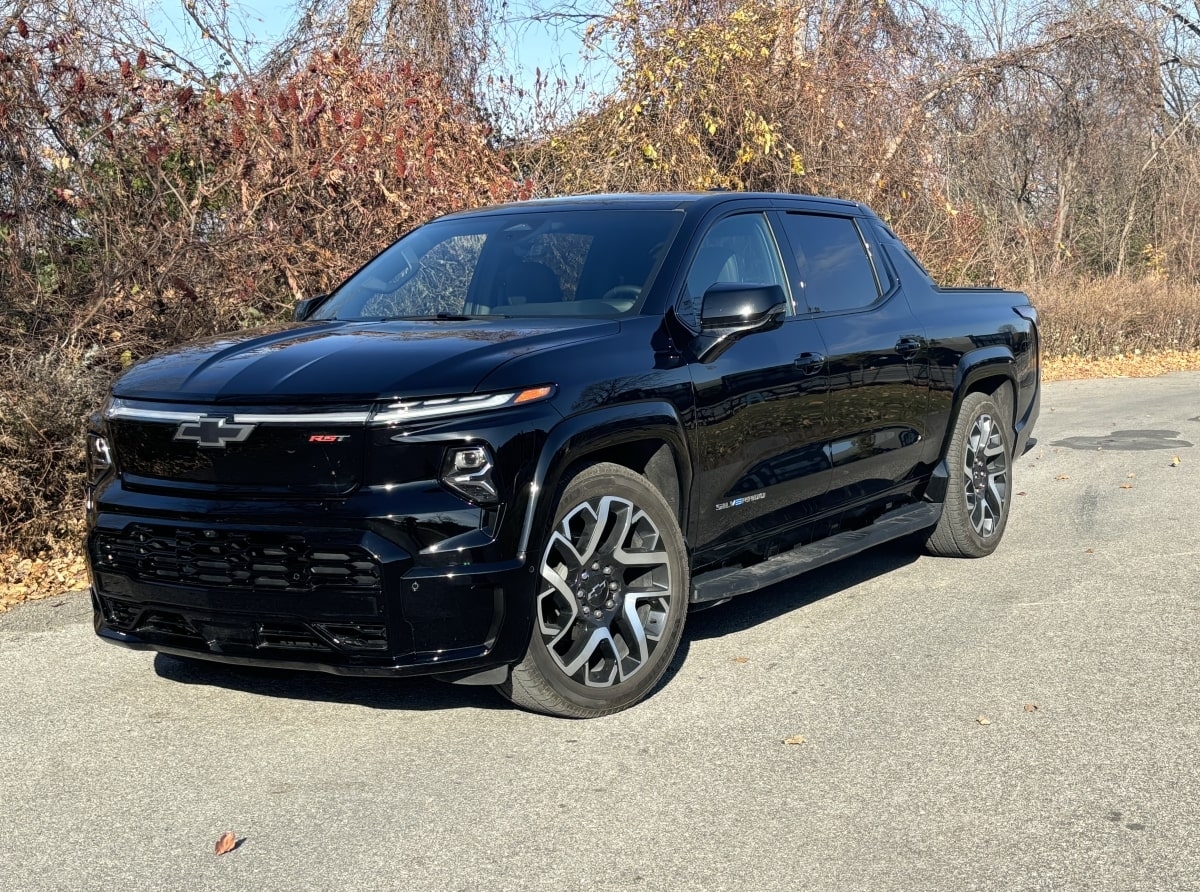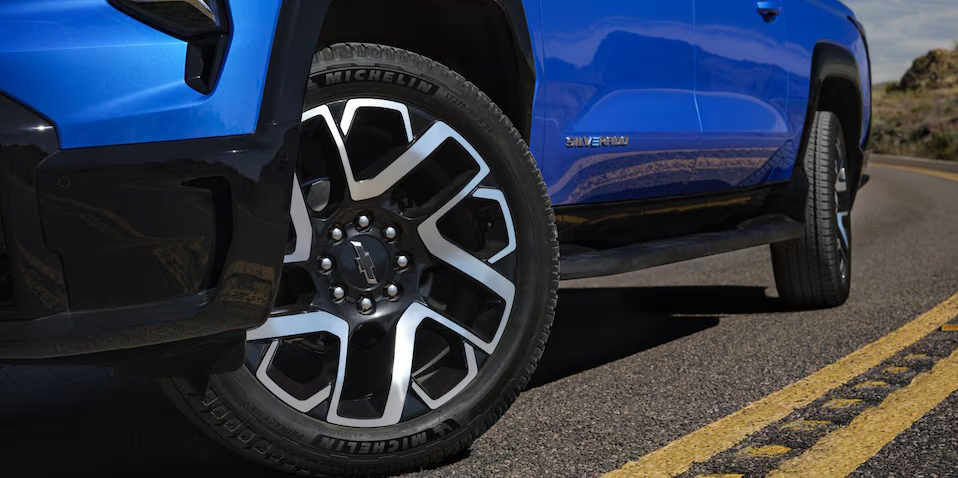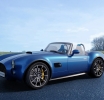Back to the Future ! GM Revives Technologies from the Past

The American automaker General Motors has a storied history, not only through its many vehicles but also through its technological innovations, including the electric starter, interchangeable parts, high-octane gasoline, multi-speed automatic transmissions, high-compression V8 engines, and more. Some technologies, and like the ones mentioned above, have been great successes, while others… less so! However, the brand's engineers are always on the lookout for new developments—even revisiting past technologies that might have succeeded under different circumstances.
Four-Wheel Steering
This dedication to innovation is evident when examining what these diligent workers have accomplished. Speaking of resurrected technologies, let’s discuss their latest vehicle: the Chevrolet Silverado EV, a large, fully electric pickup truck. I won’t delve into the details of the electric technology used in the vehicle’s design, as that has been extensively covered recently.
Instead, I’d like to draw your attention to the four-wheel steering system, which comes standard on the 2025 Silverado EV. If that doesn’t sound familiar, Chevrolet first offered this technology as an option on its large Silverado and GMC Sierra 2500 trucks back in 2002. At the time, the system used an electric transmission to control the rear axle steering and was called Quadrasteer. The concept was ingenious, enabling these large pickups to maneuver in tight spaces.
For instance, during sharp turns at intersections, the rear wheels turned in the opposite direction of the front wheels, reducing the truck’s turning radius. The system could also enhance lane changes on highways, as the rear wheels would align parallel to the front wheels, making the maneuver quicker and potentially safer. Unfortunately, the high cost of this option didn’t appeal to buyers, and the system was discontinued after a few years.

It’s Back!
Surprise! With the advent of electric pickups, GM has revisited this steering system—now electronically controlled—and initially implemented it in the GMC Hummer EV SUV. This time, it’s a hit! The specialized press has praised it, with countless photos and videos of the Hummer EV showcasing its rear-wheel steering in action.
It didn’t take long for General Motors to apply the same system to the all-new Chevrolet Silverado EV, a very large, four-door, electric pickup truck that has just hit the market. However, this time, GM engineers had to develop a more sophisticated system since the rear axle is combined with an electric motor. Notably, the name Quadrasteer has been updated to Four Wheel Steer.
How does it work? At speeds below 40 km/h, the system operates automatically, using the rear steering to turn the wheels in the opposite direction of the front wheels at up to 10 degrees, helping the driver navigate tight spaces. This function is automatic and requires no input from the driver. In off-road mode, the system offers similar functionality with even greater precision and control.
There’s also a Crab Walk feature that allows the driver to navigate around obstacles by aligning the rear wheels parallel to the front wheels. To activate this, the vehicle must be stationary, and the driver must engage the Rear Steer command. Again, the speed is limited to 40 km/h; beyond this, the system reverts to automatic mode.
The Return of the Midgate Partition
But that’s not all! GM designers have also revived the Midgate partition, a feature that debuted on the 2002 Chevrolet Avalanche. The Midgate system allowed users to fold down the rear seatbacks of the four-door truck, remove the rear window and stow it securely, and then fold down the rear partition. This created a longer and more practical truck bed!
The concept disappeared with the Avalanche in 2013 (it had even been adapted for the Hummer H2 pickup). Chevrolet now brings it back with the Silverado EV, this time with a touch of improvement. While the system remains manual, it has been simplified. Additionally, with the EV, it’s possible to reinstall the rear window with the partition folded down. If the truck bed cover is in place, the truck is better protected from the elements. The regular six-foot bed floor extends to nine feet, and with the rear panel open, it reaches over 10 feet!
The more things change, the more they stay the same—only now, with greater refinement!


 En
En  Fr
Fr 




